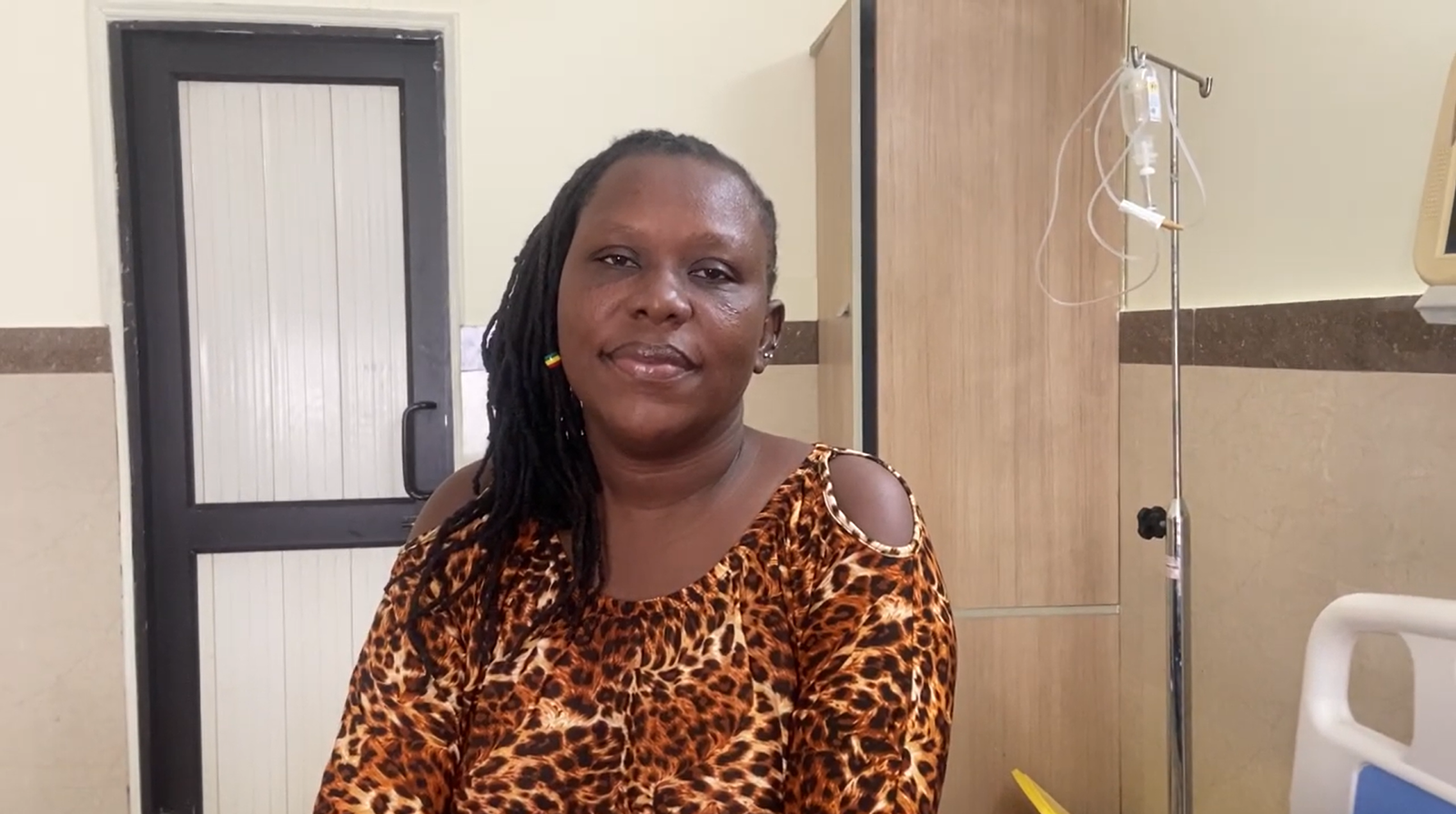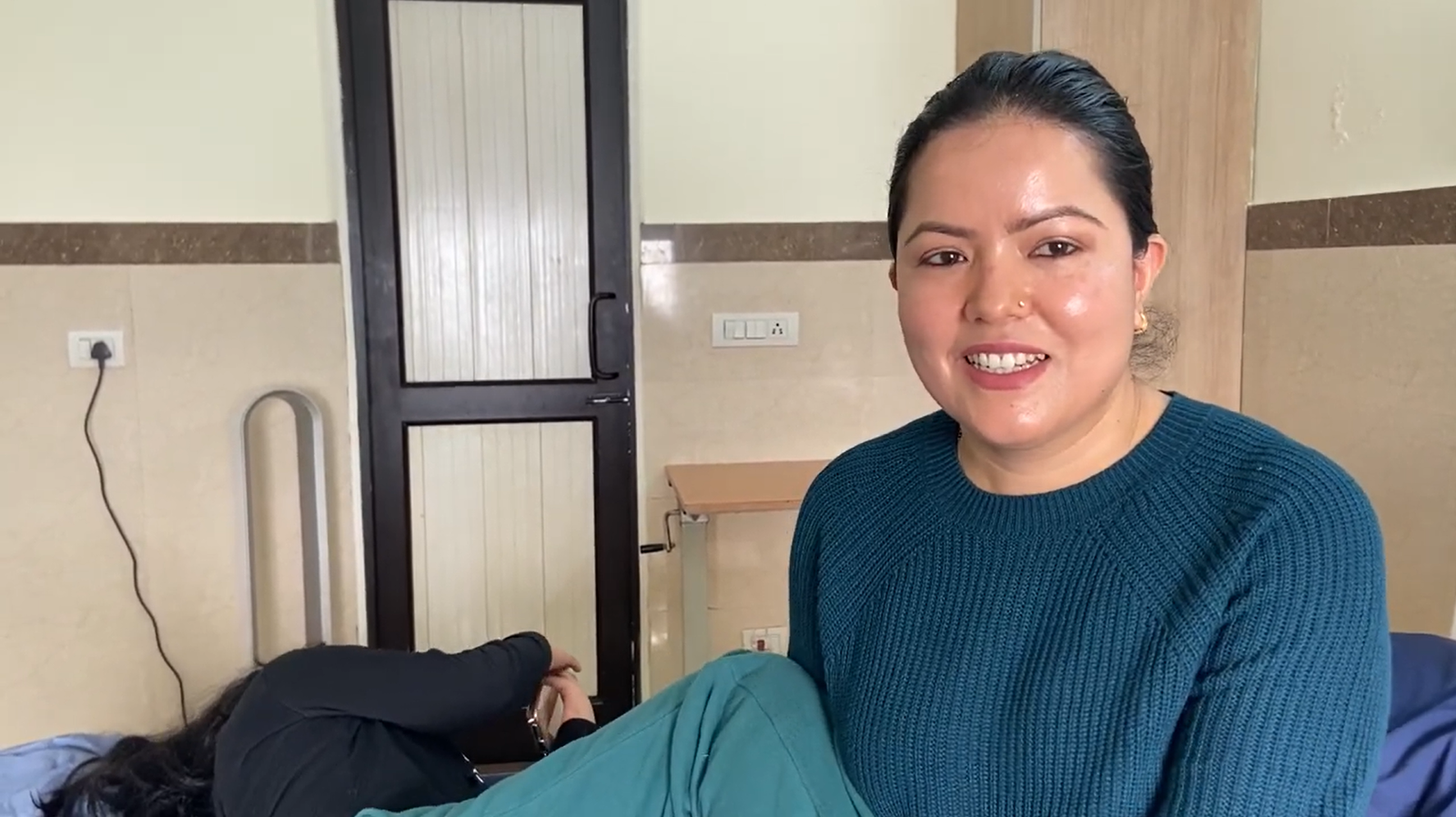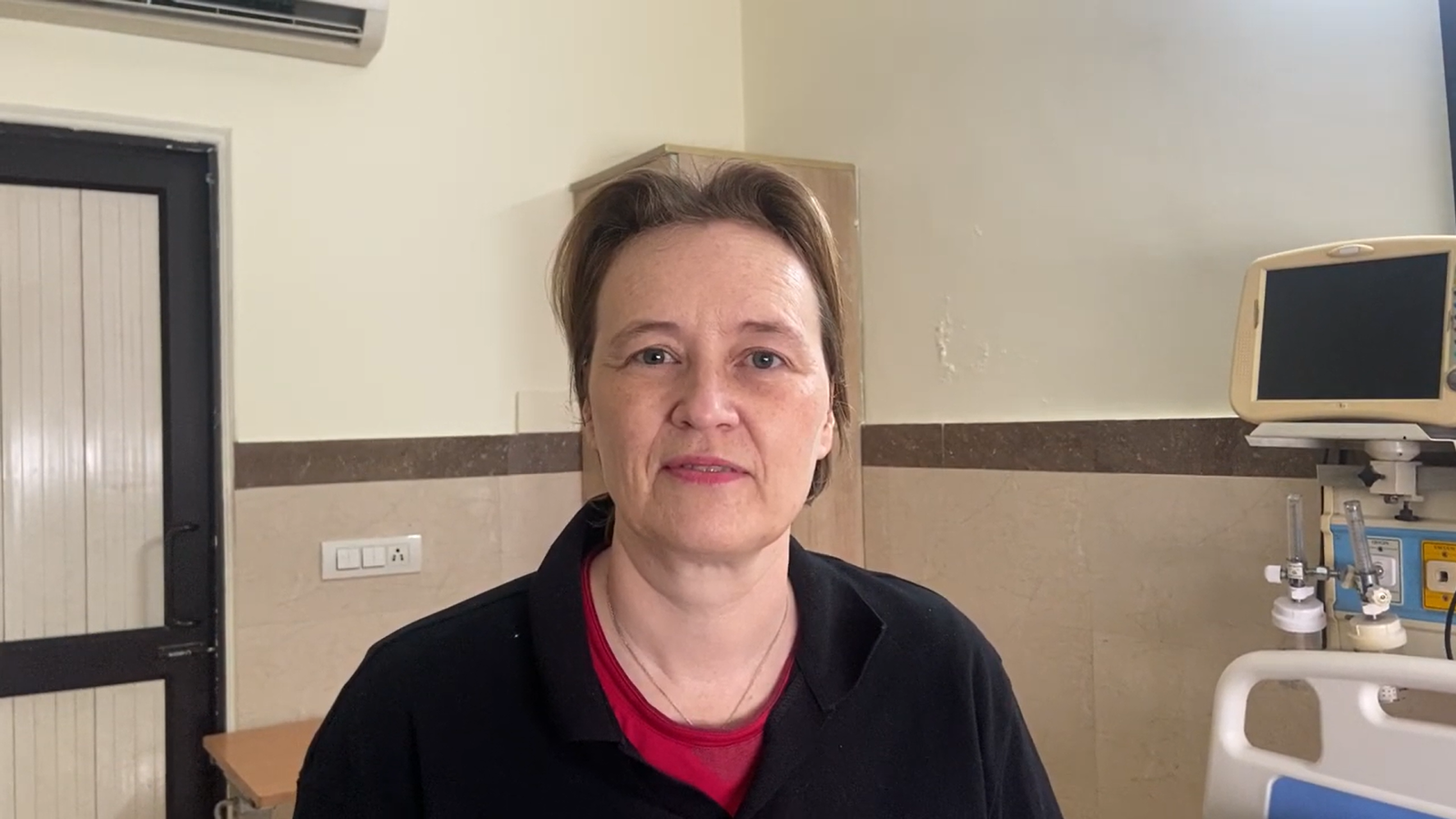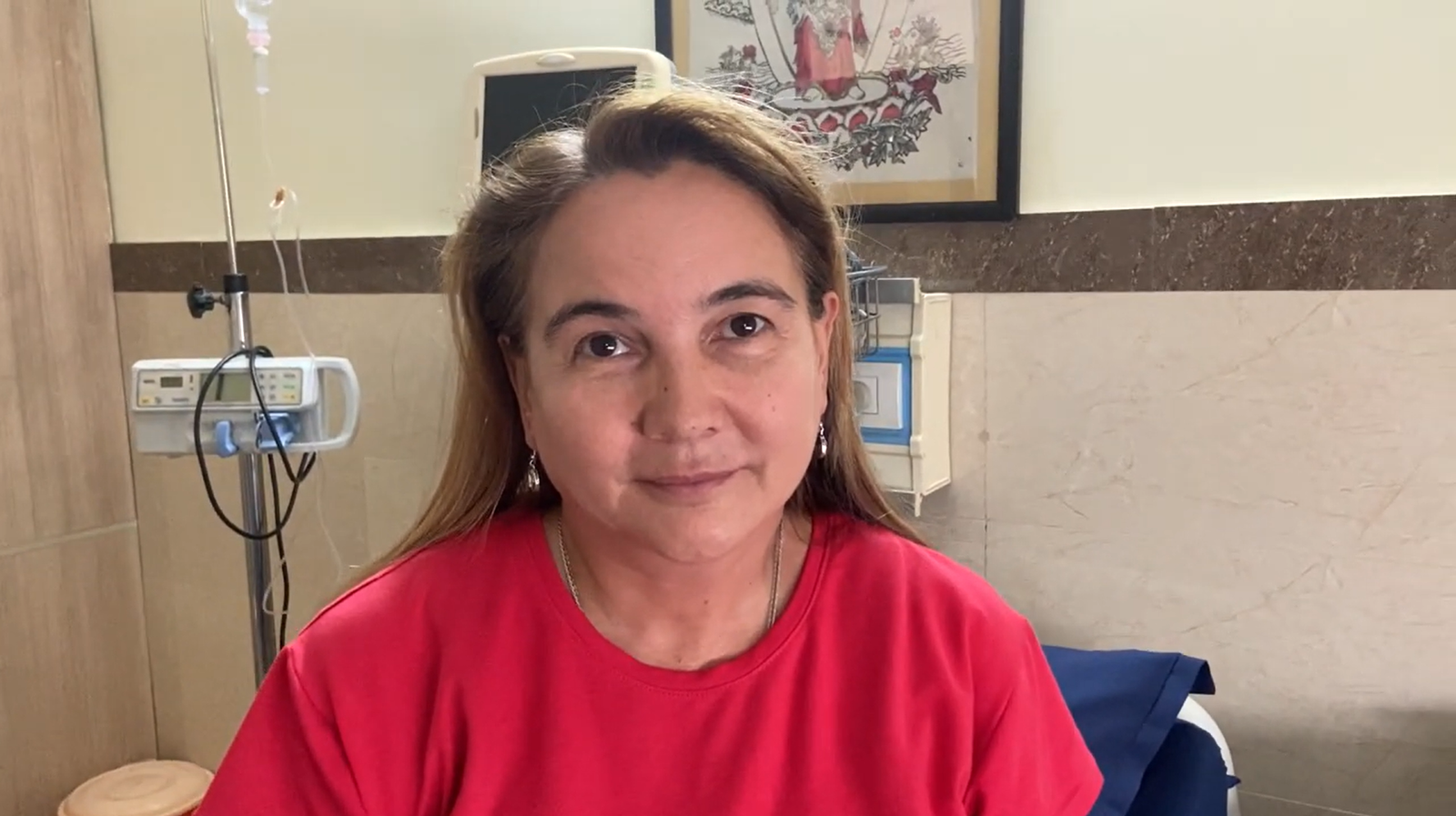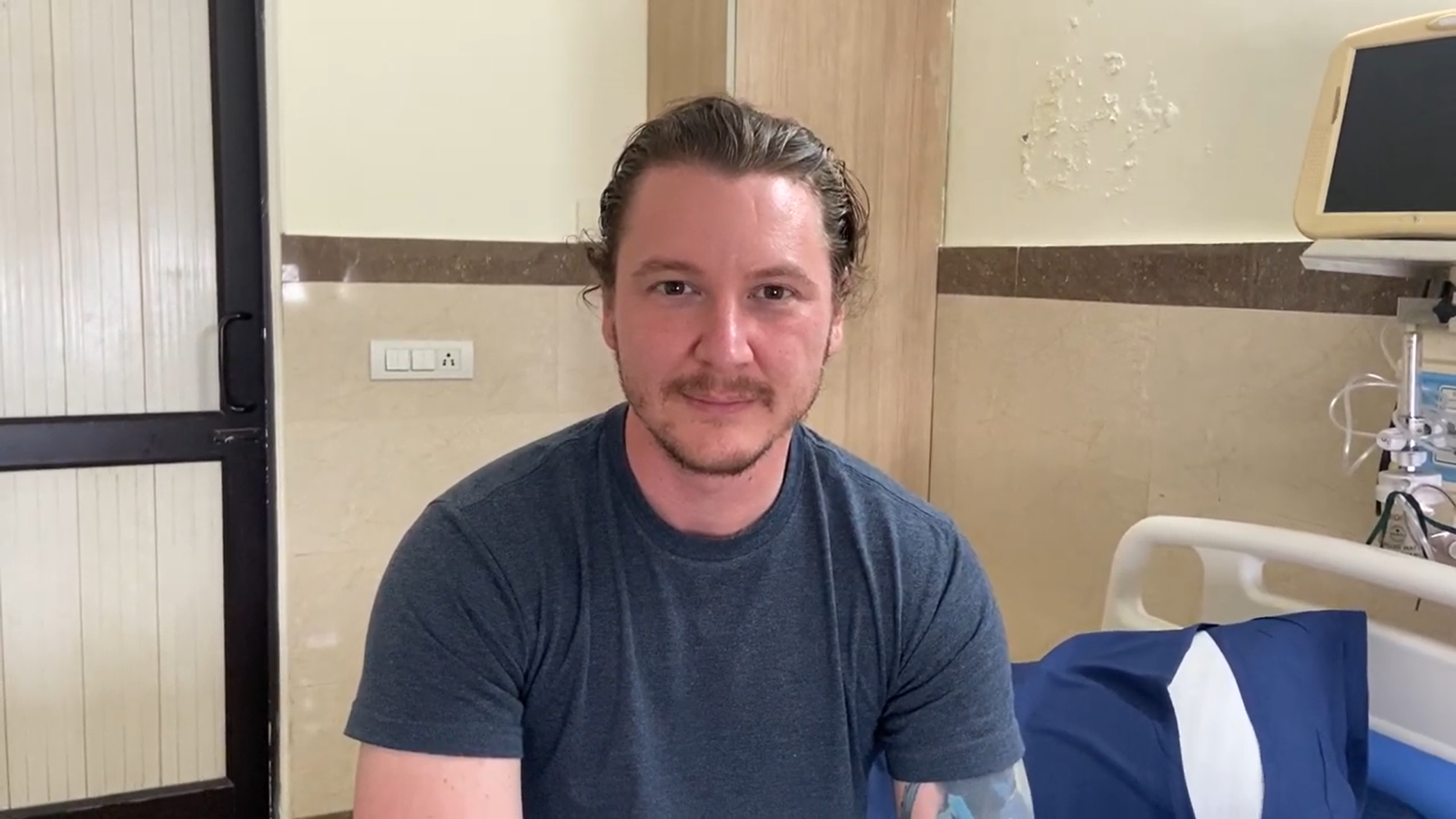Exosome Therapy for Ankylosing Spondylitis

Life has become unbearable because of Ankylosing Spondylitis, but exosome treatment may seem like a new ray of hope. Ankylosing Spondylitis is painful and affects the spine, but also causes stiffness and pain. Exosome treatment is an advanced form of therapy in which infinitesimal particles are called exosomes. These are used to aid in minimizing inflammation inside the human body to help in healing.
These exosomes are released by the cells through regular processes and contain critical signals that may help the tissue system repair. This is the therapy that will give hope to the sufferers who wish to end the long suffering from Ankylosing Spondylitis. Let’s see how this exosome treatment works
What is Ankylosing Spondylitis and Its Causes?
AS is a chronic inflammatory disease that primarily affects the spine and the lower part of the back, over time causes bones in the spine (vertebrae) to fuse together and become stiffened and painful. Besides this effect on the spine and lower back, AS can affect other joints including hips, shoulders, neck, and, in an odd case, eyes and lungs. One who is affected by AS, for example, feels backache, cannot stand erect, and is always stiff. There is no permanent cure of Ankylosing Spondylitis, but if the causes are known, then even those patients can control their symptoms and will further prevent such damage. Here are some of the causes:
- Genetics: One specific gene found is HLA-B27, to which AS is highly linked. This particular gene raises the susceptibility for disease.
- Family Background History: When any first-degree relative, like parent or sibling, suffer from ankylosing spondylitis, then that increases the risk of developing the disease.
- Immune System Diseases: AS is an autoimmune condition. A condition where the immune system gives higher rise to attack health-producing cells. The result is seen in the inflammation of the spine and the joints.
- Age: Typically, the age group that the onset of AS mostly occurs with is often during late adolescence or early adulthood between the ages of 17 to 45.
- Gender: AS is more predisposed to males than females.
- Environmental Factors: There may be some infections or environmental factors that might contribute to activation of the disease process, especially in individuals with a genetic predisposition.
There is no complete prevention of ankylosing spondylitis but knowledge about the causes can help in preventing it, and proper diagnosis at an early stage will help in symptom management as early as possible.
Benefits of Exosome Therapy for Ankylosing Spondylitis
Exosome therapy is a new treatment in development for the inflammatory disease like Ankylosing Spondylitis primarily affecting the spine and causing chronic pain. Exosomes are small entities that are released from stem cells that help to better communicate and heal cells. They secrete necessary proteins and molecules that may exert anti-inflammatory and healing properties. This therapy could mean a new hope for the patients of AS as it actually focuses on the root cause of inflammation. Exosome therapy is therefore a non-invasive medical treatment and, by this regard, is safer and more advanced for coping with symptoms of Ankylosing Spondylitis. Here are some benefits that exosome therapy offers to the treatment of Ankylosing Spondylitis:
- Anti-Inflammatory: Exosomes carry anti-inflammatory molecules that may assist in reducing the inflammation that causes the stiffness and pain in the joints of AS.
- Promotes Tissue Repair: They enhance repair of damaged tissues especially at the spinal joint through improved regeneration of normal cells.
- Pregnancy Disease Progression: Exosome therapy helps slow down the progress of AS since it reduces the inflammation underlying the disease and worsens them overtime.
- Non-Invasive Therapy: The therapy is not surgical and does not require invasive procedures. It may be an innocuous alternative for patients who avoid surgeries.
- Improves Mobility: Exosome treatment restores patients who have lost their ability to move around by reducing inflammation and repairing tissues. They improve exercises and daily activities.
- Less Side Effects: Since exosome therapy naturally utilizes molecules derived from the patient’s body, it may have fewer side effects from medication or surgery treatments that other traditional methods have.
Success Rate Of Exosome Therapy for Ankylosing Spondylitis
Results of Exosome therapy for the management of Ankylosing Spondylitis, or AS, are said to be promising. The treatment resulted in significant improvement of symptoms among many of its patients. It reduced inflammation, one of the challenges of AS among some of its patients. It also contributed to much easier mobility and an easier time moving around with easier joints. Many had pain and termed this discomfort. They noticed much more comfort and found it easier to move about.
While it isn’t that most patients have the same level of success, many report they could not get it with traditional treatments. At this point, it is too early to know the long-term results, but what’s known so far is indeed promising. It does promise patients who respond well to exosome therapy to return to an improved quality of life and enjoy less dependence on pain medications. On balance, it is a solution that promises hope for people suffering from chronic pain and stiffness caused by Ankylosing Spondylitis.





